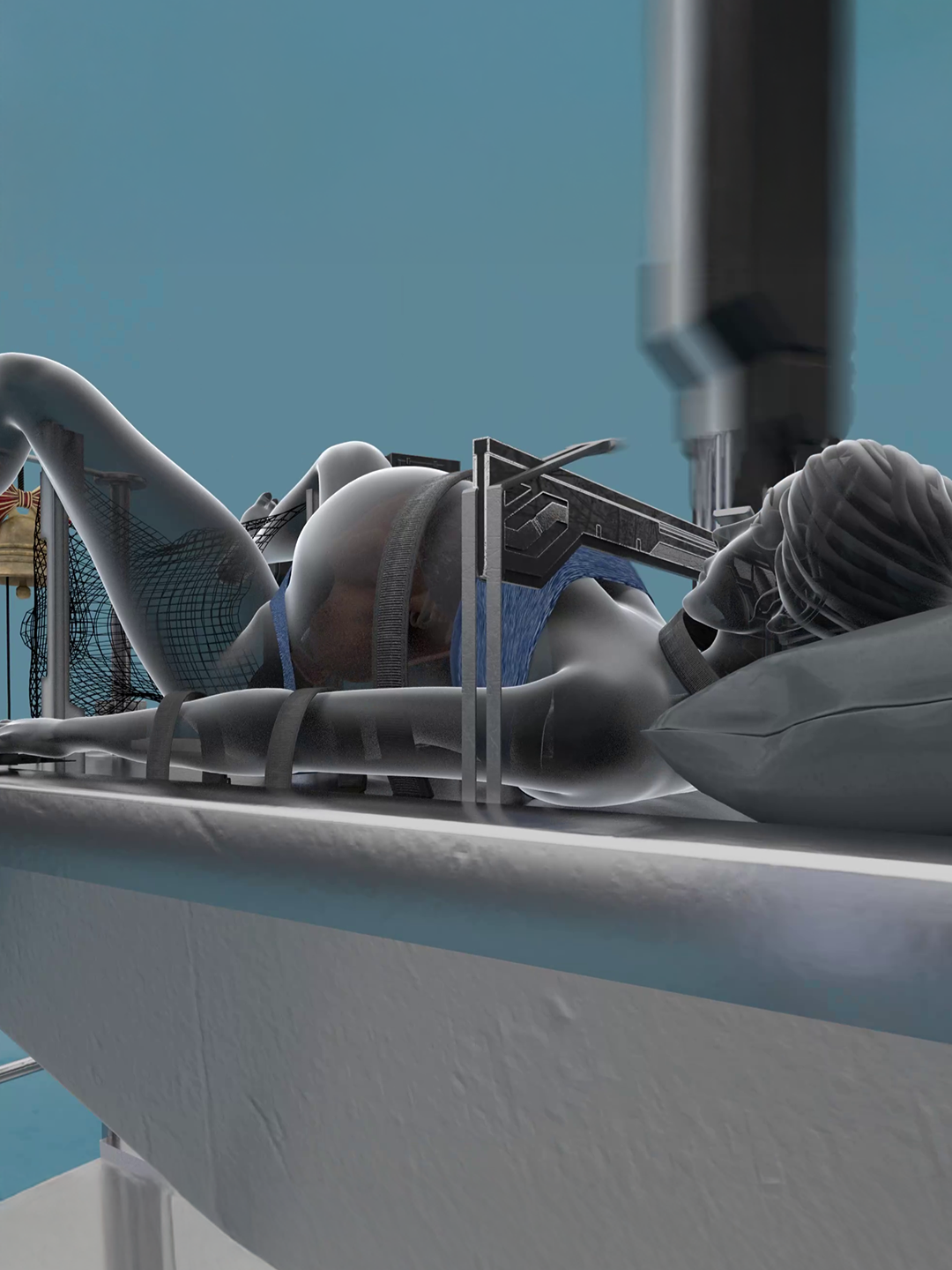Kuya Will🌷FB/IG: bakedbywill_
Region: PH
Friday 18 March 2022 13:17:57 GMT
26939
1156
38
51
Music
Download
Comments
Kuya Will🌷FB/IG: bakedbywill_ :
Here’s the link to our Shopee store. Follow us at Check out na! https://shopee.ph/wlrys
2022-03-18 13:18:32
3
jer_yeLL10 :
Wala po bang plain lang na choco chip cookies?
2022-04-18 07:29:34
1
Annabee :
YOWN finally makakatikim na din ng gawa mo Kuya 💗💗💗
2022-03-18 13:32:10
1
Änj :
Saan po sa pampanga?
2022-04-15 08:58:28
1
Mommy Chelsea's Kitchen :
di maclick Ang link mo kuya will sa messy cookies
2022-04-01 07:26:46
1
joana :
bbm 🤣🤣
2022-03-21 11:54:11
1
✧ *。purple 💎🔮 ✧ * 。 :
sharppp 🤤
2022-03-18 18:33:37
0
Madeleine Cruz Arayata :
anong size po ng lagayan maliit at malaki po? ilang pcs po ng cookies kasya?
2022-03-18 15:39:43
0
Paula :
🫰🏻🫰🏻🫰🏻
2022-03-18 20:41:40
0
S P Ï Ç ¥.♓ 🅾️ ✝️ (吃我的阴部) :
Grabeeee... natakam na nman ako wowwww❤️my shopee store na yeheyyyyy..❤️❤️❤️🤗
2022-03-18 22:45:40
0
Coshydnzb77 :
🥺
2022-03-18 22:59:33
0
Ashley :
owwwwshiii
2022-03-19 07:26:40
0
Rafaela Igbuhay :
https://vt.tiktok.com/ZSdRShhFr/?k=1
2022-03-18 14:30:34
0
Hannah :
Kuya will anong chocolate dip gamit mo po? Pwede ba yung fuji chocolate?
2022-03-29 03:24:38
0
D Cert Patisserie :
how do you Keep your cookies soft po? TIA! ❤️
2022-03-29 10:56:05
0
D'Lov :
Where do u buy your tub po? Sana ma notice 🤍
2022-03-30 09:14:32
0
To see more videos from user @kuyawillll, please go to the Tikwm
homepage.





